What is a muscle spasms?
Also known as muscle spasms,cramps happens when Muscles involuntarily contracts by force which means the muscle cannot relax.The spasms can affect any muscle and can affect several muscles at the same time.
What does a muscle spasm feel like?
There is a range in muscle spasms severity from mild to severe pain. The spasmming muscles may feel harder then normal. Spasms may last from seconds,hours or days.
Most common muscle spasms are:
1.Thigh
2.Calf
3.Foot
4.Arms
5.Abdomen
6.Back
7.knee
1.Thigh muscle spasm
This is due to the sudden contraction in your leg muscles. They occur without warning.The causes of tigh muscle spasms can be caused by Inadequate Supply of Blood, Poor Blood Circulation, Deficiency of Minerals, dehydration, Muscle Fatigue, Nerve Compression.
The treatment that you can do for thigh muscle spasms are stretching,massaging, exercise and a hot water bottle (heat) for blood flow.
Causes Thigh muscle spasm
Poor blood situation
Not enough blood supply is responsible for thigh cramps.
Not enough minerals
Not enough minerals like calcium, potassium and magnesium can cause thigh cramps. Medications for high blood pressure are also responsible for lack of these minerals in your body.
Nerve compression
Thigh muscles spasms can also cause nerve compression(Lumbar stenosis-Compression of nerves in your spine).
Spinal injury can cause this nerve compression.
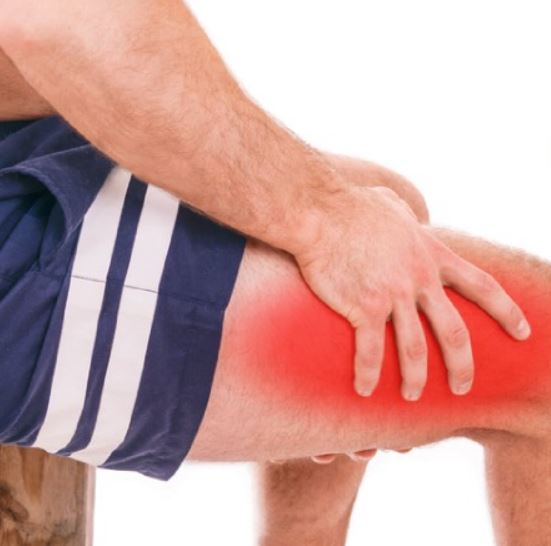
2.Calf muscle spasms
Causes of Calf spasms
Calve muscle spams Over exertion,not stretching,weak calve muscles or lack of salts and minerals.
You can do different treatments for calve muscle spasms standing wall stretch, seated towel stretch, calve raises on a step and using heat for the scarred tissue.
Muscle strain
This occurs when muscle fibers in the calf tears which are partially or completely.
Achilles tendinitis
Achilles tendon is a tough, fibrous band that connects the calf muscle to the heel bone.When calf muscles are especially tight, this will put extra pressure on the Achilles tendon.
People who recently started gym and do repetitive exercises will are more likely to experience Achilles tendinitis.
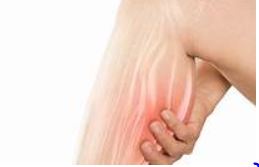
3.Foot muscle spasms
Foot muscle spasms are usually on the top of your foot or around your toes.These spasms can limit your mobility.
Light foot cramps can go away with stretching or some some massaging but chronic foot cramps will have to be evaluated b your doctor
Causes of foot spasms
Dehydration
Your body becomes dehydrated when you are not getting enough water for your organs and tissues to function.This means also that your muscles are not getting enough water they need, they then begin to malfunction.
Symptoms of dehydration
decreased urine output
dark, concentrated urine
dry mouth
chapped lips
dry skin
headaches
foul-smelling breath
Overexertion
Exercising and overusing one muscle for long periods of time on the foot.You might be also doing the exercise too fast or wrong.
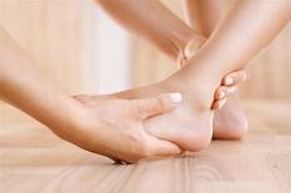
4.Arms muscle spasm
Arm spasms can become a very annoying condition and serious for some people.Arm spasms happen without any warning.This is caused when the muscles in the arm contract uncontrollably.It is a quick throbbing pain.
Causes of Arm spasms
Tendinitis
This is caused by the tendons in your shoulder or arms which becomes inflamed which are bands of tissue which connect the muscles to the bone.
Heart problem
If you have a pain in your left arm it could be related to heart problem. Angina(the decrease in blood flow to the heart.).This can cause pain in the arm shoulder.You may also experience Chest pain or pressure, Shortness of breath, Dizziness and Nausea.
Overexertion
Overworking your arm muscles beyond the ability or limits of the human body.Weightlifters and people who lift heavy objects for a long period of time you can be susceptible to this.
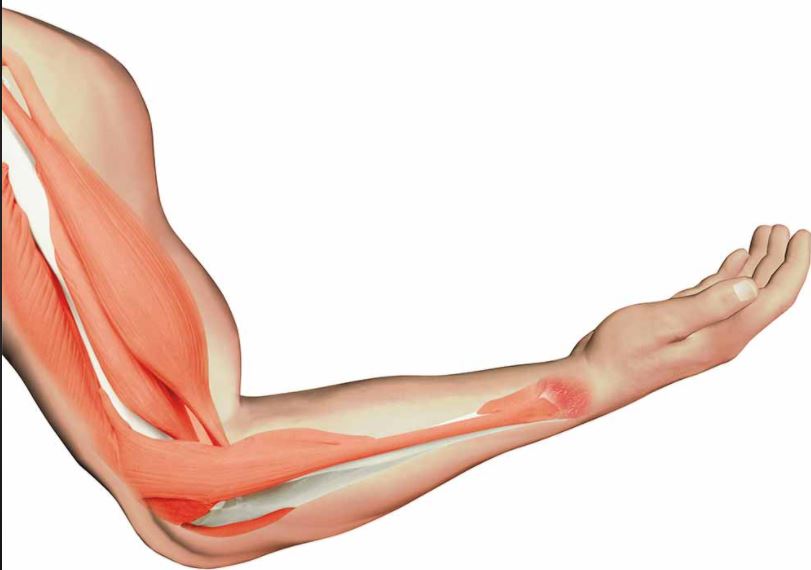
5.Abdomen muscle spasm
This spasm(Stomach spasms) commonly occurs when a physical or chemical change occurs in the body. Intestines act to food and medications within the body with contractions that can usually be unnoticed for a long time.Basically change in bodily fluid causes pain which can become a health concern.
Other causes can be indigestion and natural body changes during menstruation.The common location for this belly pain is usually below the belly button.
Causes of Abdomen spasms
Gas
Gas building up of gas in your stomach may cause your intestinal muscles to spasms when the body tries to release gas.
Symptoms can be a feeling of fullness, sharp stomach pain and an urge to pass gas or burb.
Dehydration
Dehydration of the body losing electrolytes caused by diarrhea, sweating and vomiting may result in muscle spasms through your whole body which includes you stomach. This causes extreme thirst, headaches and dizziness.
Muscle strain
Overworking your abdominal muscles could cause abdominal spasms. These abdominal spasms can also be caused by people who workout at the gym doing core exercises too much which leads to straining the muscle leaving the muscle with tenderness and pain.

6.Back muscle spasm
This is one of the most common and temporary pain a person can suffer with.Some back pain can become chronically depending on where or what pain you experiencing. The closer the spasms are too the nerve or spin the worst and uncomfortable it can get.
Causes of Back spasms
Lifting heavy objects
This usually can happen with lifting heavy object with the incorrect posture.Some locations of back muscles can mean that something else is wrong with you body like refereed pain but this type of pain might be more chronic like arthritis.
Weak back muscles
If you have weak back muscles and lift heavy objects at work or train at the gym you might be using a lot of your back muscle and weak back muscles tend to pain or get scarred tissue.
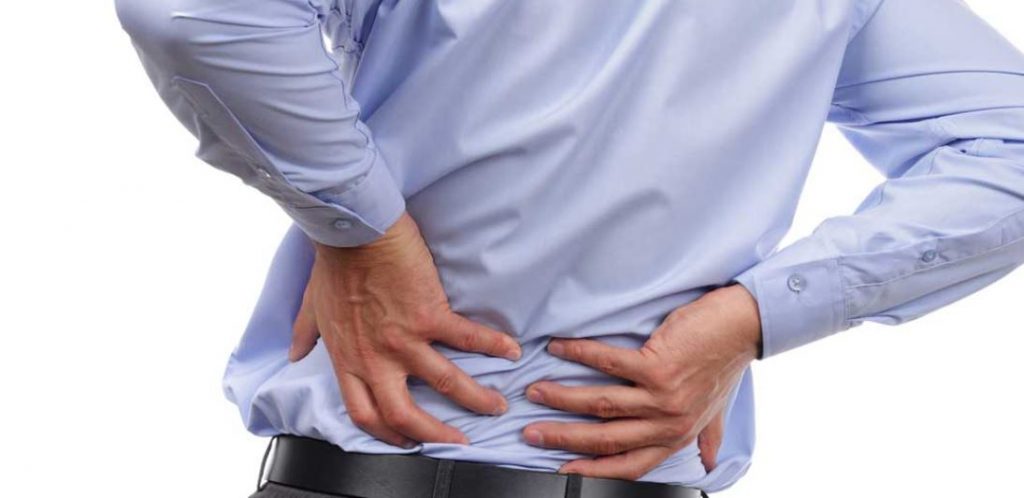
7.Knee muscle spasm
Knees act as shock absorbed same like the shocks of your cars.
Knee muscles spams can be painful and uncontrollable just like any other muscle spasms.Like normal muscle spasms are caused this can be caused by muscle spasms injuries, improper nutrition and various conditions of the nerve.Severity can increase with both age and strain on the muscles.
Contractions of muscles which are involuntarily contractions in the Knee, can be called “charley horse” , which can occur generally in muscles like the calf and hamstrings.
To prevent future cramps do regular stretching of the affected knee muscle.
Causes of Knee spasms
High body weight
All your body weight is placed on your knees so when you become overweight this starts putting extra pressure on the knee and cartilage,which can eventually lead to cartilage breakdown or osteoarthritis and the lack of blood flow to the knee which causes the knee to spasm.
Please lose weight this will allow less pressure on your knee and probably save the cartilage from breakdown.
Lifting heavy weights
Lifting heavy weights such as squatting may put a lot of pressure on your legs especially if you squat two too three times your body weight with no knee guard and your form is not correct.
Please read more about squats here.
Arthritis
More than 100 different types of arthritis exist like Osteoarthritis,Rheumatoid arthritis, Gout and Pseudogout.
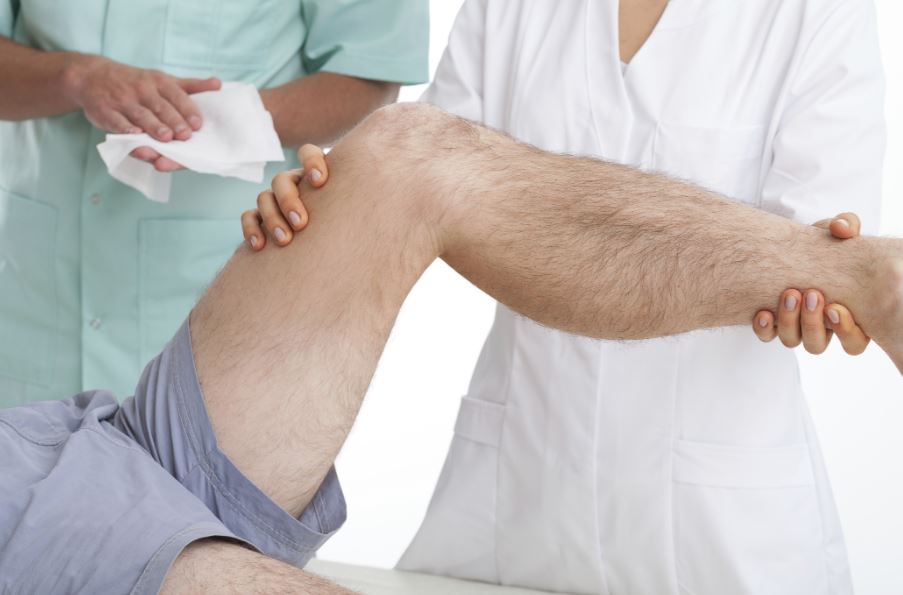
3 Muscle spasm treatments
1.Stretching
2.Massage
3.Ice or heat
1.Stretching
Stretching the Spasming muscle or the area where the spasm i can reduce the spasm pain or stop the pain from occurring.
Calf muscle spasm stretching
While lying down , stretch your leg and point your toes towards your head.
Hold this for 30 seconds.
You can use a band or a loop while stretching to pull your toes towards your head.
Thigh muscle spasm stretching
Get on the chair Stand and hold on to a chair for balance.
Grip your ankle, pull your foot up behind you toward your buttock.
Few stretches for back spasm
Walking around can help relieve some of the spasms by loosening your back muscles.
Use a Tennis ball to stretch back muscles:
Lie down flat on the floor with the tennis ball under your back wherever the spasms is for few minutes while you relaxing and breathing then gently rotate the tennis ball up and down on the area with the spasms.
Use a Foam roller to stretch back muscles:
Get a form roller lie flat gently rolling on it and just a little roll on the affected area.
BUY A DEEP TISSUE FORM ROLLER
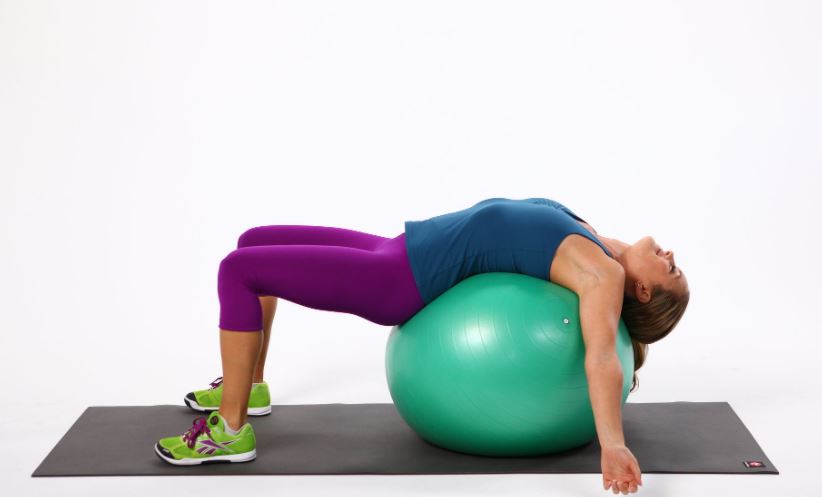
2.Massage
Massaging can be effective if you gently rub the muscle that is Spasming or by getting someone to pinch the affected Spasming area for a few minutes especially if it is your back.

3.Ice or heat
For a persistent spasm apply ice an ice pack on the muscle for 15 to 20 minutes at time a few times a day.
A hot water bottle or a heating pad may be effective to the Spasming muscle for 15 to 20 minutes at a time , this will also allow blood flow to Spasming muscles.
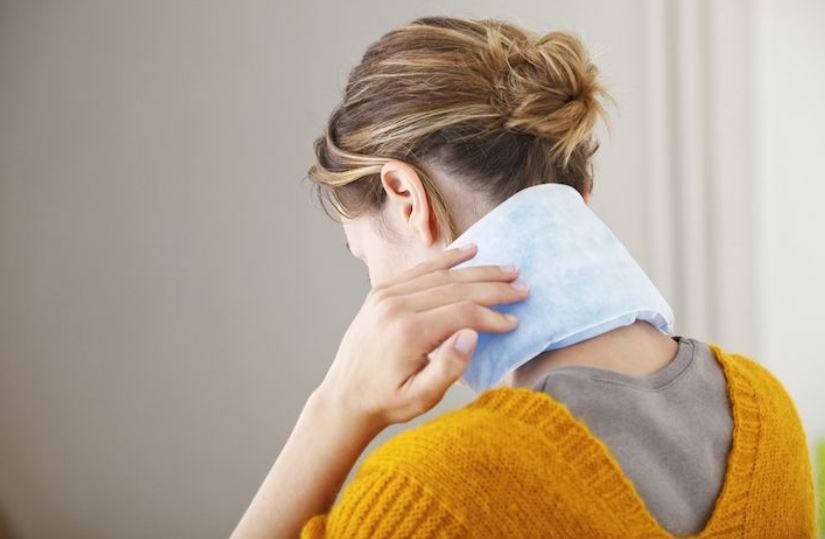
RECOMMENDATION
I recommend that when ever you get a muscle pain in any location of the body for more then two weeks you need to check it out by a doctor.
Always stretch before doing any exercise and make sure you take needed nutrients

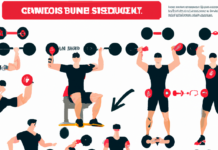
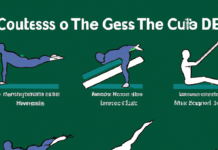
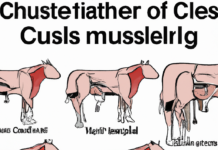


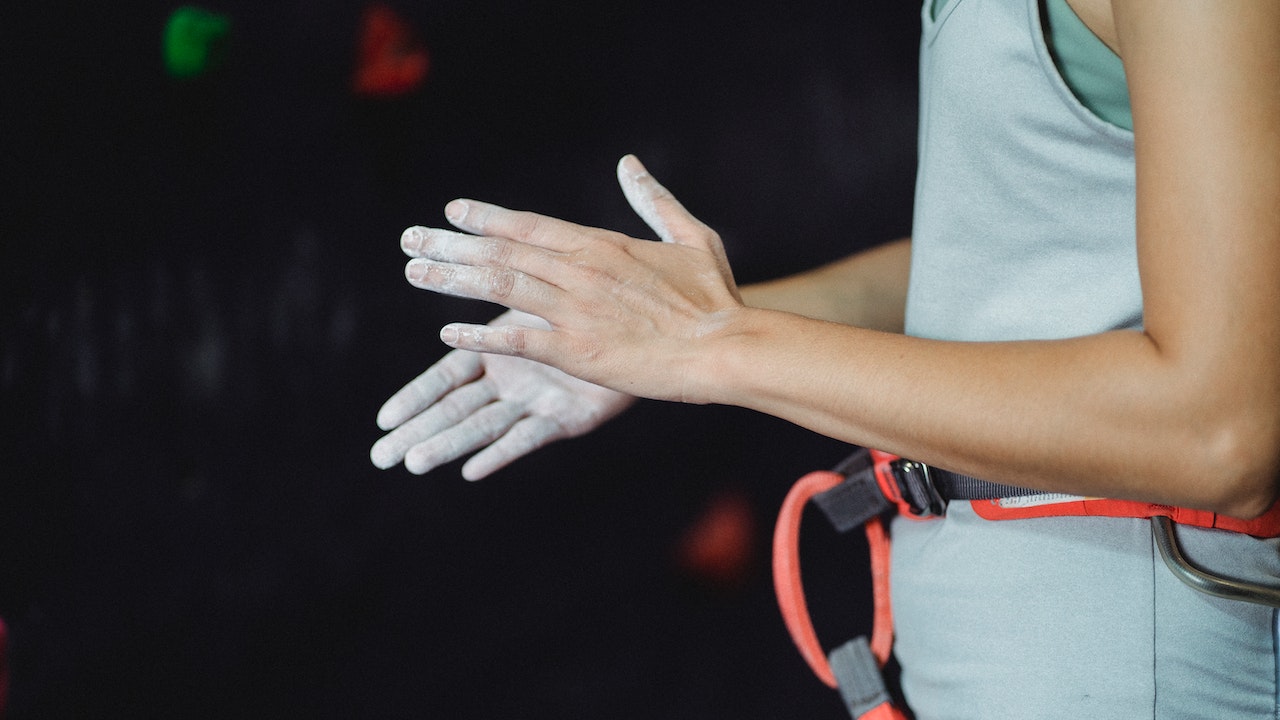

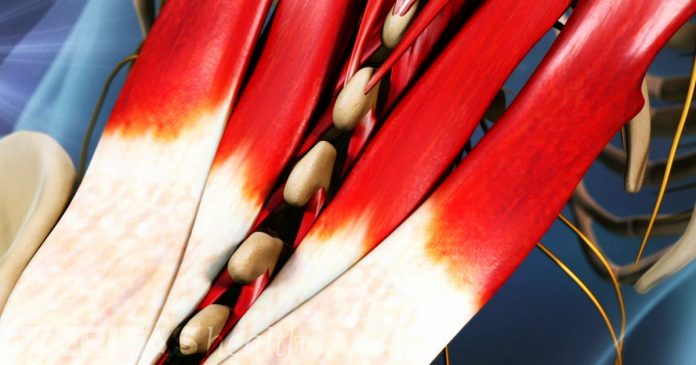

[url=http://mewkid.net/when-is-xuxlya3/]18[/url] Amoxicillin cfn.ciuo.fitnessbodybuildingvolt.com.njj.ga http://mewkid.net/when-is-xuxlya3/
[url=http://mewkid.net/when-is-xuxlya3/]Buy Amoxicillin[/url] Amoxicillin 500mg Capsules xax.qmnq.fitnessbodybuildingvolt.com.sru.nr http://mewkid.net/when-is-xuxlya3/
whats this
HI I AM THE CREATOR OF THIS WEBSITE :https://fitnessbodybuildingvolt.com/muscle-spasms/
TELL ME WHAT YOU THINK OF THIS USEFUL INFORMATION
Comments are closed.